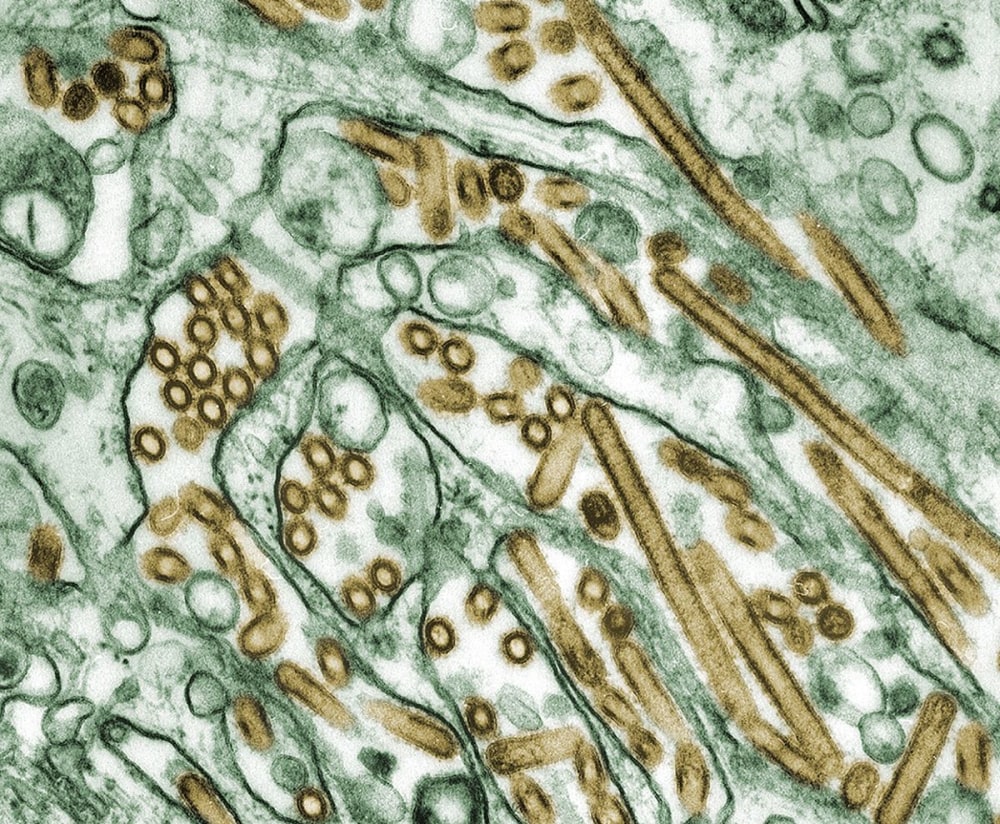
Flu Frenzy
A century after the "Spanish flu" pandemic of 1918 left millions dead, this season has been one of the worst in a decade. In an age of lifesaving vaccines and advanced medicines, why is the flu such a big killer?
Is this flu season the worst ever?

It’s either the worst since 2015 or 2009 depending on how you measure it.

Typically, the flu kills 12,000 to 56,000 Americans every year and hospitalizes 140,000 to 710,000 people.
And the types of flu strains vary every year.
-1280px-01.jpg)
By the end of February, 114 children had died of the flu in the 2017-18 season, according to the latest CDC data. Last season, 110 children died from influenza in the U.S.
-1280px-01.jpg)
Far more people over 65 die of the flu every year. But it’s not always because their immune systems are weak.

So how exactly does the flu kill — and how does it spread so quickly?
-1280px-01.jpg)
When the virus enters the body – through the eyes, nose or mouth – it hijacks cells and begins making copies of itself, which triggers a strong immune response. Sometimes the immune response is too powerful.

Doctors who study the body’s immune response say there are three main reasons the flu makes people seriously ill: co-infection with another germ, usually bacteria such as strep; aggravation of existing conditions such as heart disease or asthma; and a so-called cytokine storm, marked by an overwhelming immune system response to infection.
-1280px-01.jpg)
Sometimes this can happen very fast. During the 1918 “Spanish flu” pandemic that killed up to 50 million people, many people were reported to have died within hours of showing their first symptoms.
The main difference for 2017-18 is how quickly and widely the flu has spread across the U.S.
Since October, millions of people have developed influenza-like illnesses across the country.
State Population & Influenza-Like Illness Activity Level
(2)-1280px-01.jpg)
Because this flu season is on the severe end, it means potentially good news for vaccine makers.

The flu vaccine is working better than doctors expected, but still is not especially effective. Overall, this year’s vaccine is 36 percent effective, meaning it reduces the number of doctor visits by 36 percent, the Centers for Disease Control and Prevention reported.
(3)-1280px-01.jpg)
Just about everyone over the age of 6 months should get a flu shot — but every year, half of Americans fail to get one. It’s a hard sell.
(2)-1280px-01.jpg)
Why don’t people like getting flu shots? The vaccines on the market provide only mediocre protection, and many Americans still incorrectly believe flu shots can give them the flu.
The CDC & manufacturers are trying to build the flu vaccine supply. In the 2007-08 season,about 112 million doses were distributed. In the 2016-2017 season, about 146 million were.
Influenza Vaccine Doses Distributed in the U.S.
Usually, many doses of vaccine go unused and get sent back to the makers. This year may be different. While there is still a supply of vaccine across the country, the headlines about the epidemic mean more people are asking for the vaccine.

There have been many seasons of severe flu epidemics in the U.S., but there have been only four global influenza pandemics in the last 100 years since the 1918 pandemic, the most severe in recent history. Another pandemic hit in 1958. The H3N2 strain — which causes more severe illness — first showed up in the pandemic of 1968.
The most recent pandemic was in 2009, when a new strain of H1N1 virus hit the U.S. in April. It was a unique combination of influenza virus genes from pigs, birds and people.
As for next season, experts have already predicted what strains will be circulating, and new vaccines are in the works. The hope is that between now and next winter, the virus doesn’t mutate into new forms that evade the vaccine’s protection.